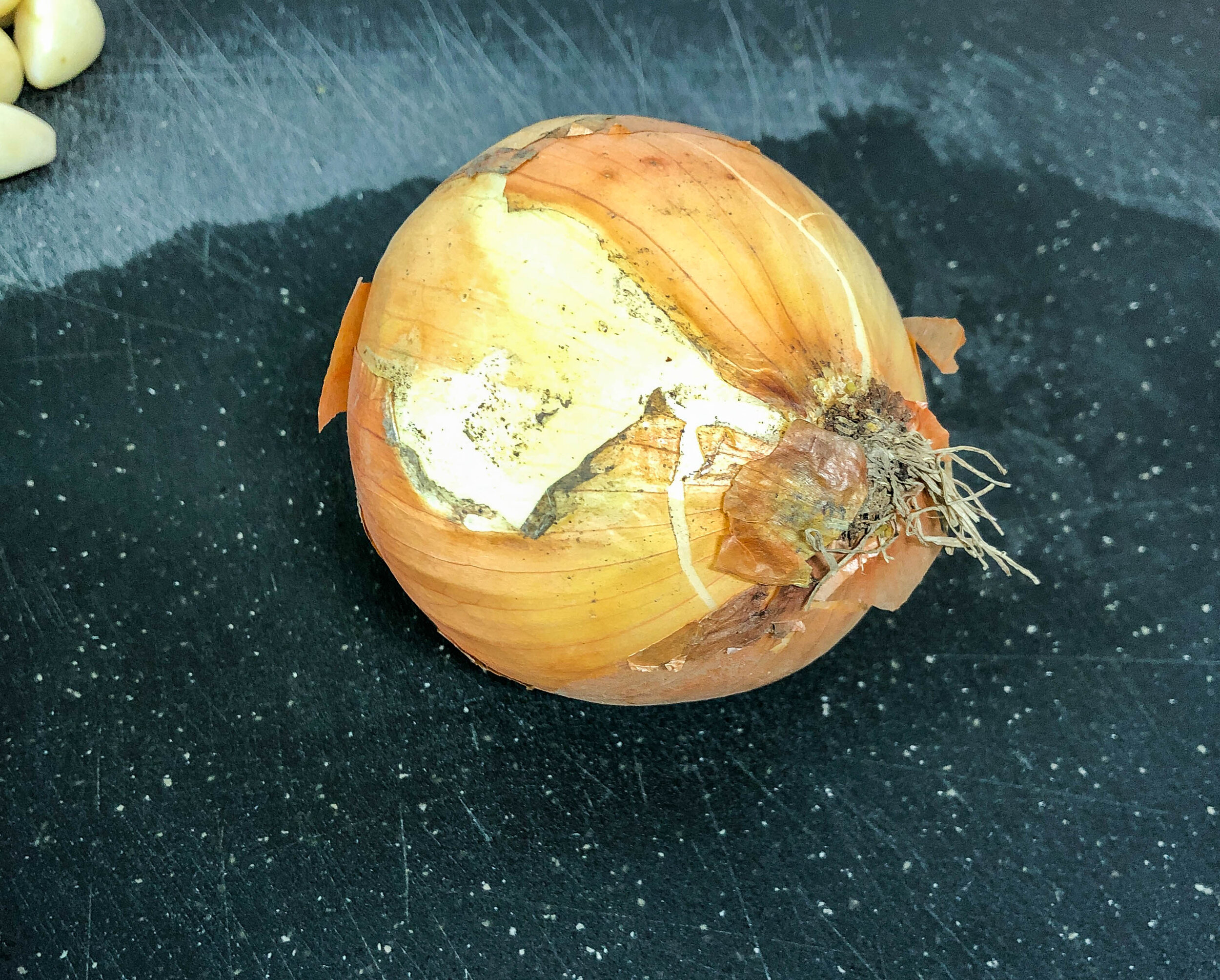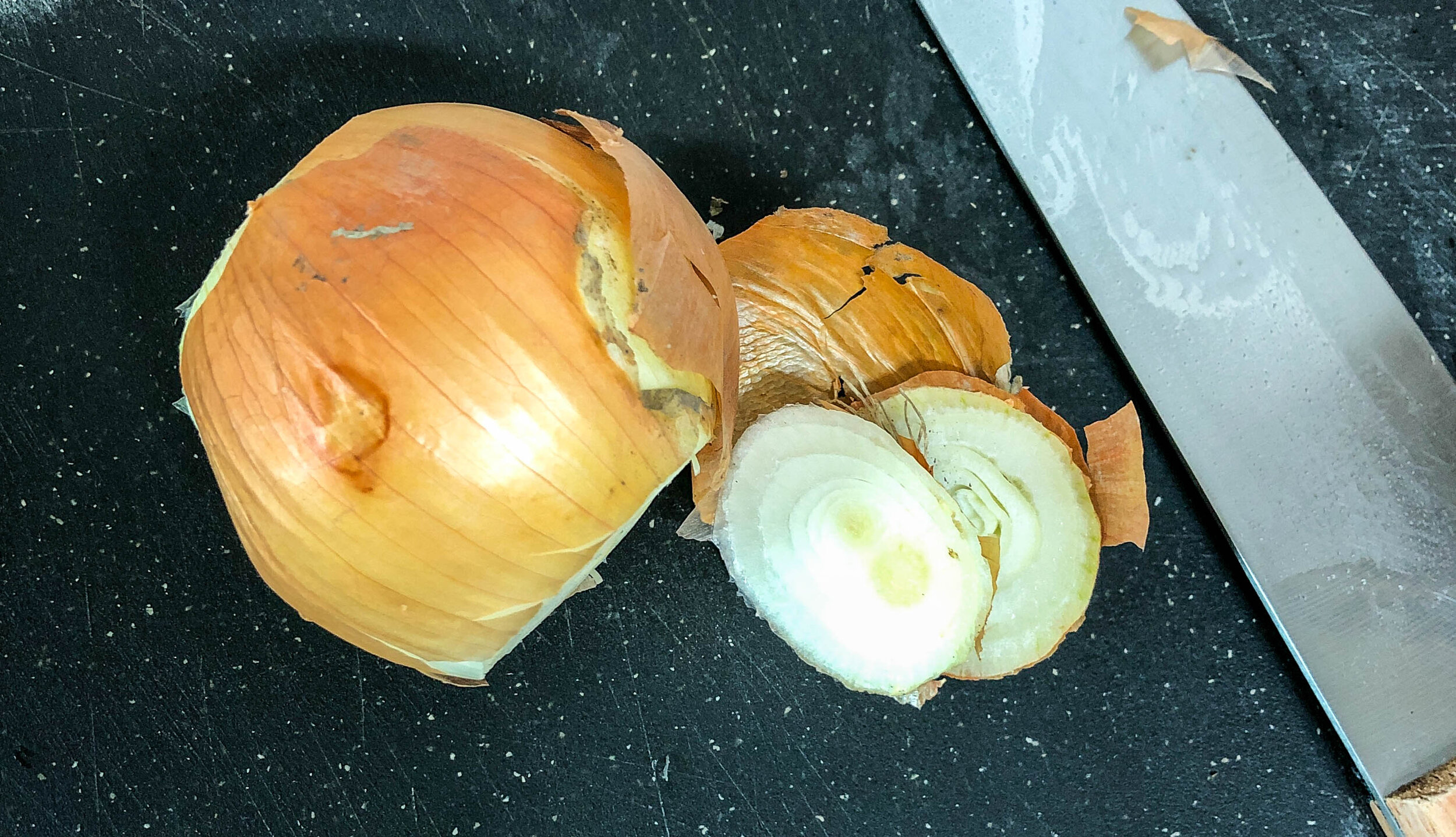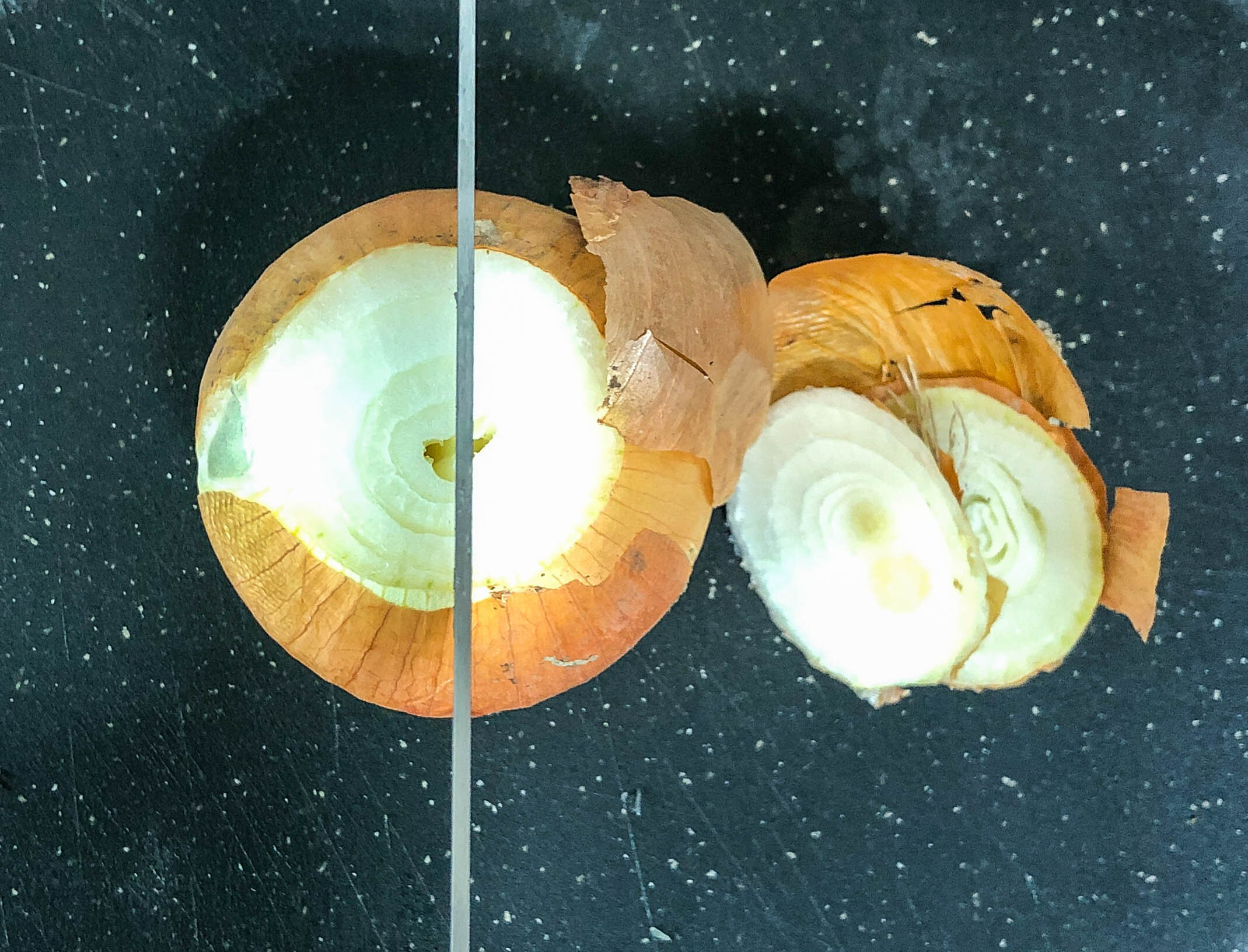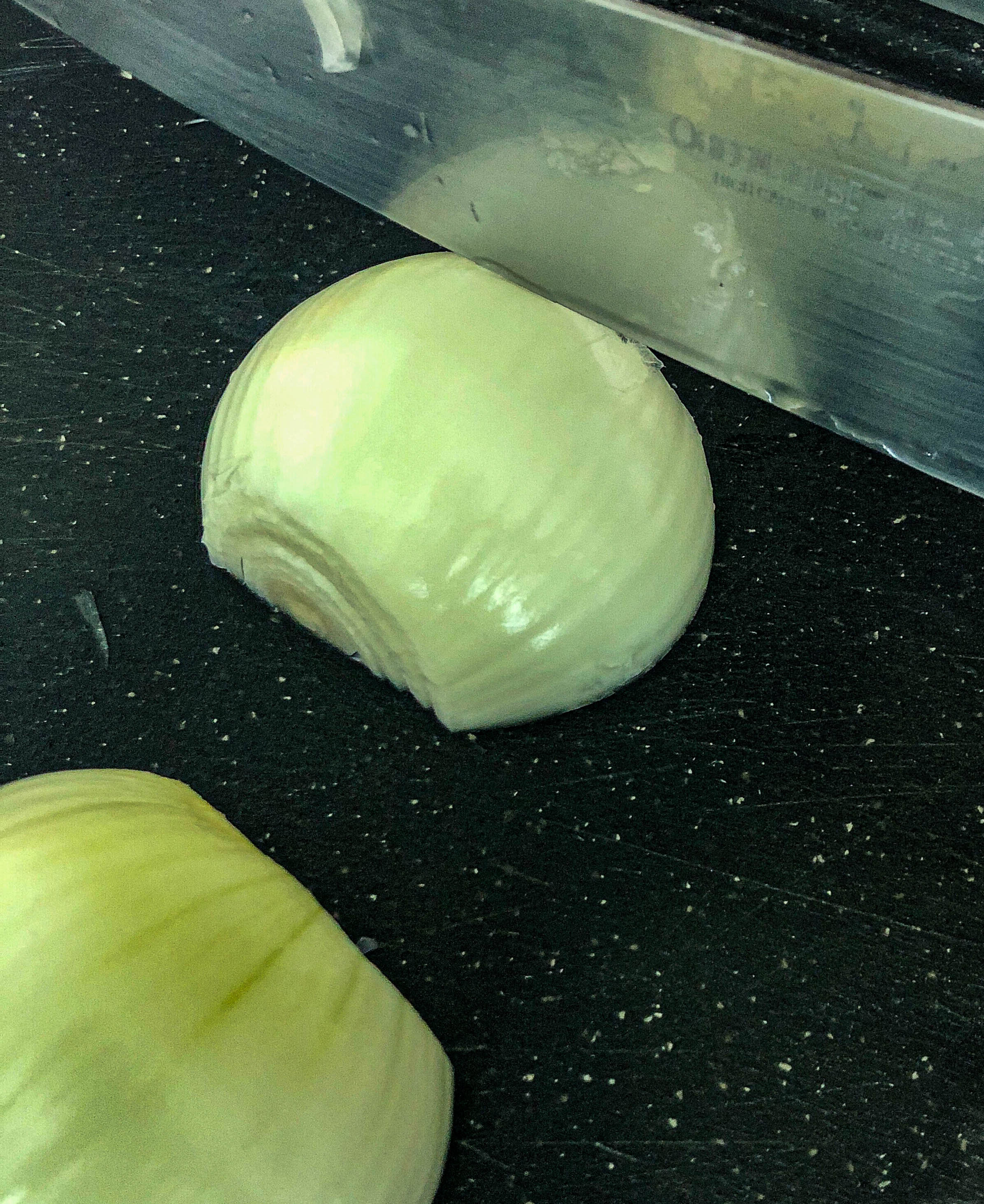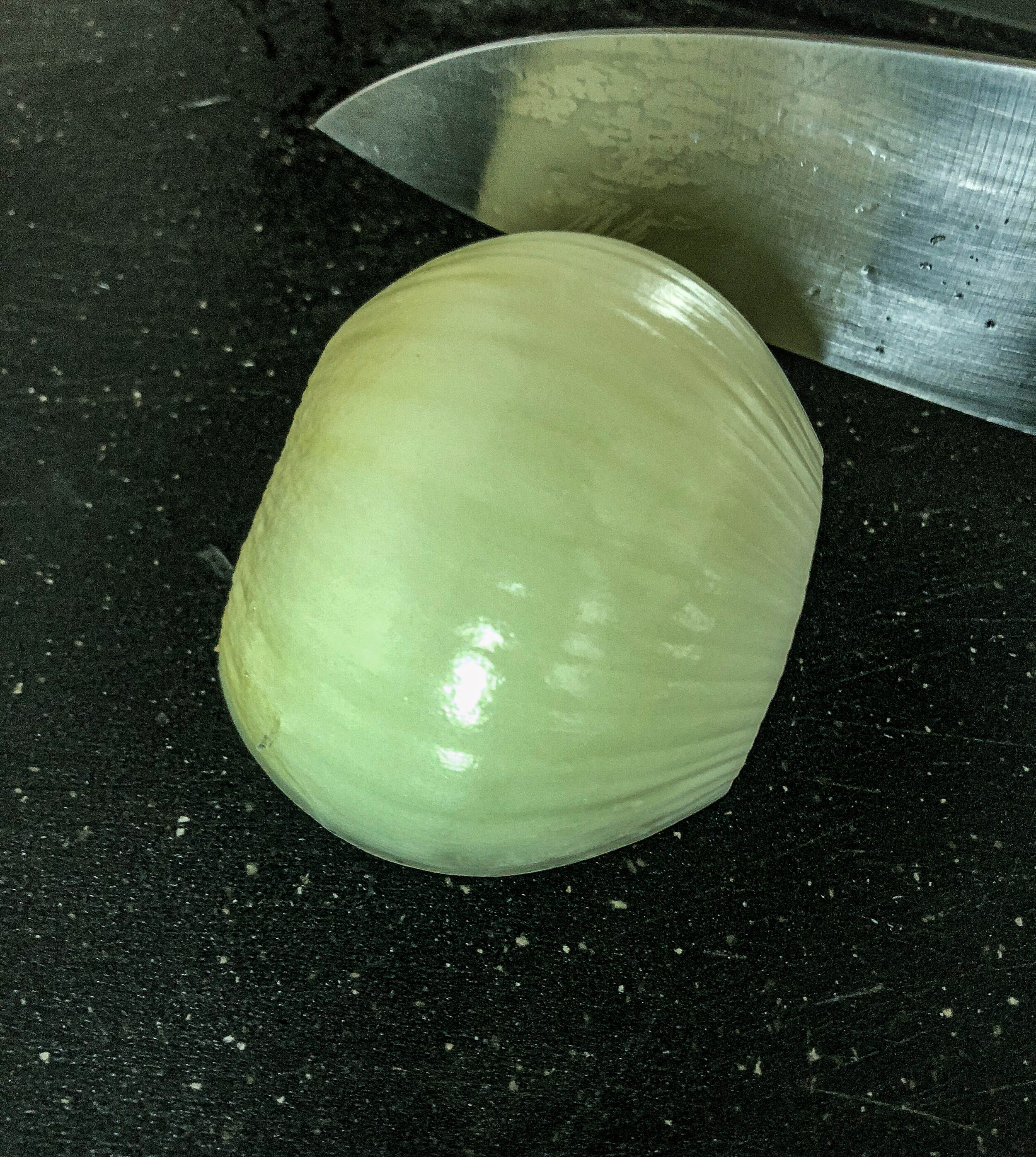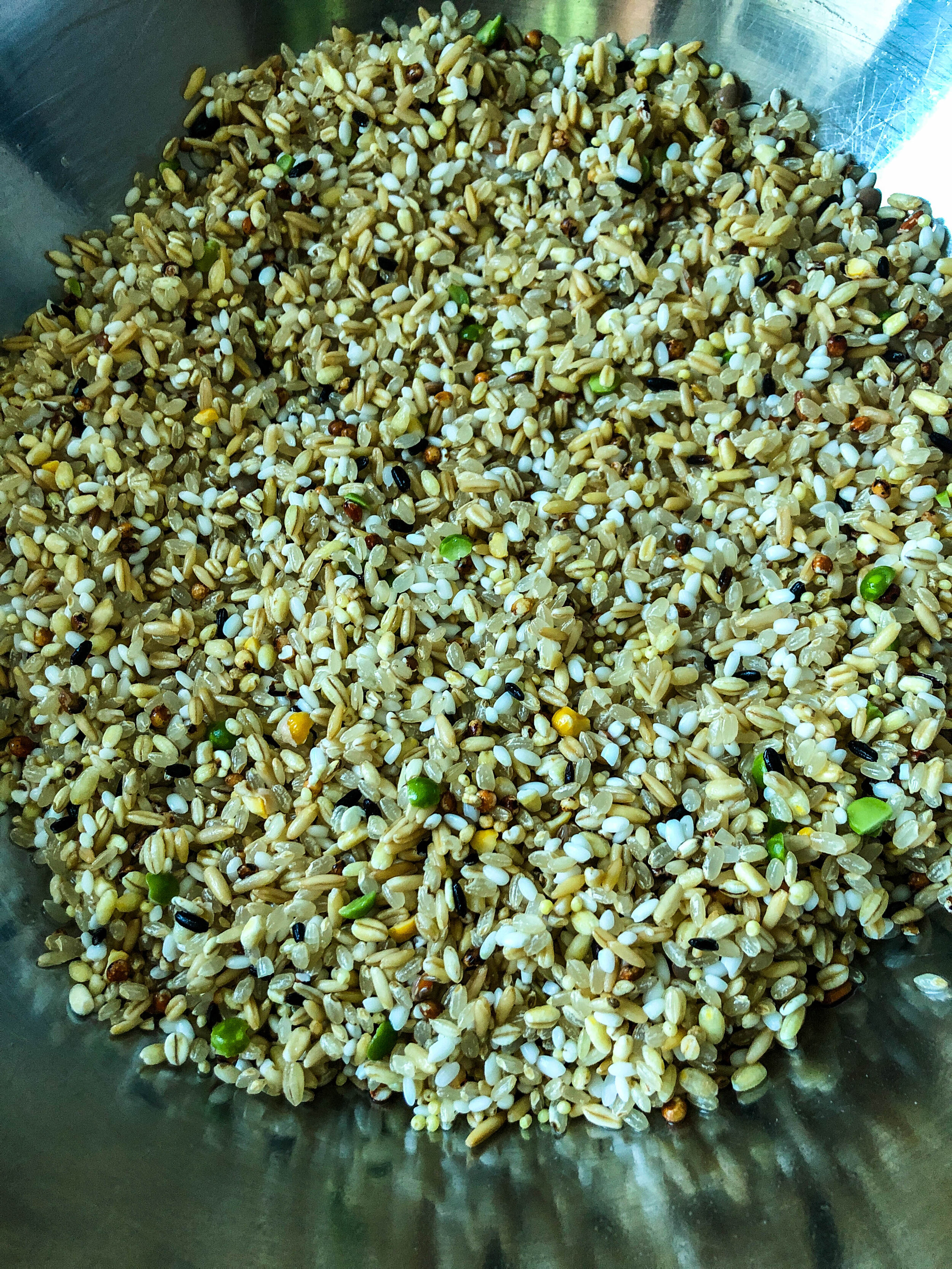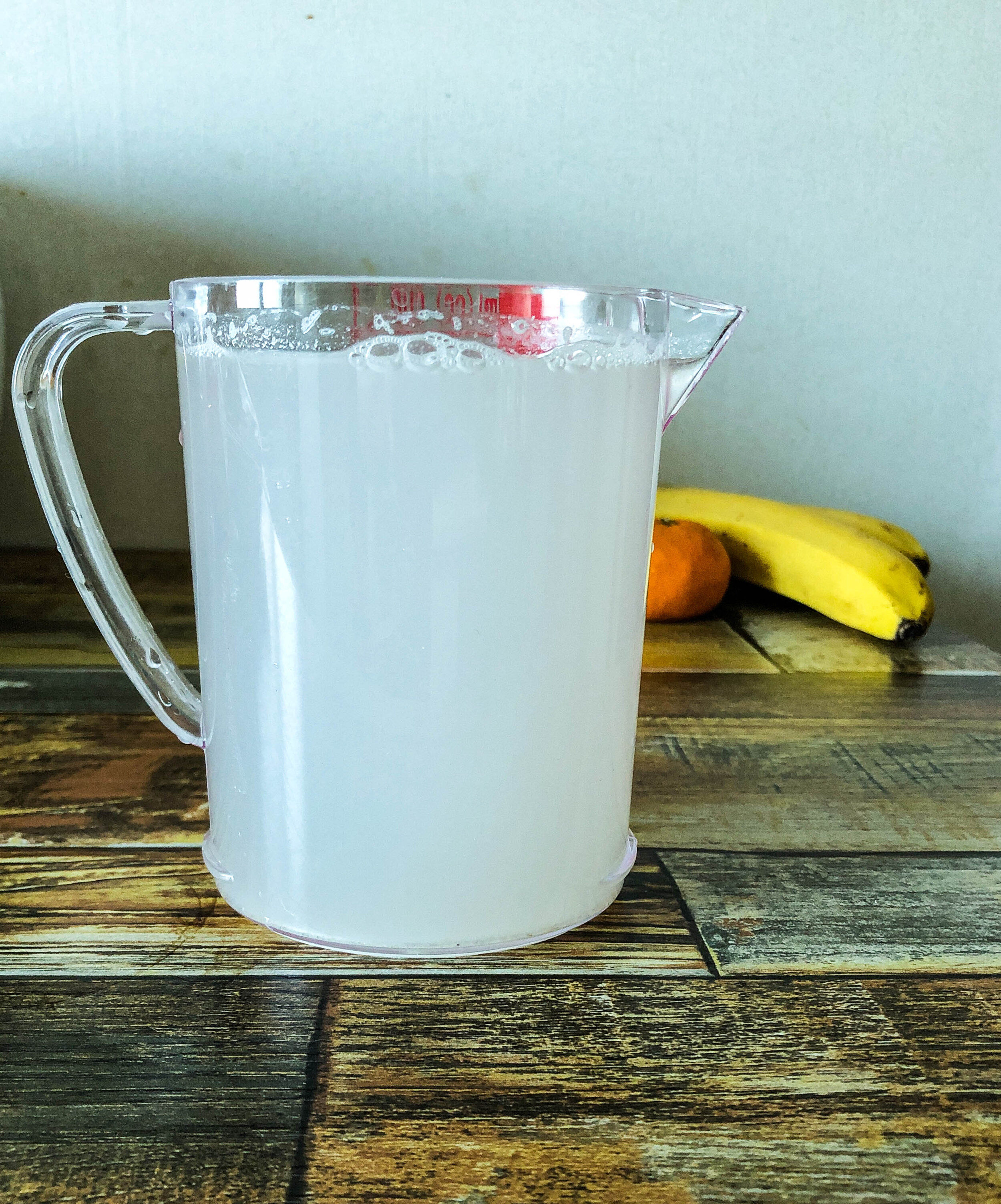Using CocoBeanCountry Recipes
Each written recipes’ ingredients are broken down into their simplest arrangement by use.
Recipe instructions (Recipe Know-How) are organized in a way that meant to make reading and cooking simultaneously simpler.
Major steps are numbered.
Bullet points show a continuation of the major steps.
Instructions in quotations are tips for visual cues, timing or help to keep the recipe preparation flowing successfully.
I suggest reading through each recipe thoroughly before beginning to cook as basic practice.
Why Metric?
Its easier than volume! The metric system is used most places in the world outside of the United States. It is however gaining popularity among Americans due to its ease of use.
What do I need to use your measurements?
A scale that weighs in grams with a tare function. They are relatively inexpensive and next to a knife, they can be indispensable in your kitchen.
What if I cannot buy a scale?
I have included volume measurements in most of the recipes for this purpose.
What should I know about the weights and measurements given?
Weights are taken prior to prep being done.
For example: before the top and bottom of an onion or carrot has been cut off and the skin peeled off.
Cup measurements are taken after both basic prep and chopping have been done. Using a little more or a little less of an ingredient based on what is prepped for cooking is perfectly fine.
Smaller measurements - teaspoons and tablespoons
I have left these measurements in the recipes because measuring spoon measurements are relatively universal.
Baking recipes must follow the measurements precisely as baking is more precise than cooking.
Additional Measurement Notes:
Note: The recipes use decimals as the main unit. You can use the following as reference points
t = teaspoon
T = tablespoon
0.25 t = 1/4 t
0.50 t = 1/2 t
0.75 t = 3/4 t
0.50 T = 1.5 t
1/8 t = half of 0.25 t
What if I don’t have a specific ingredient?
For ingredients that may be hard to source, I have included substitutions that you may already have in your pantry for ease of use and simplicity.
The recipes use a lot of ginger, how do you keep it fresh?
I buy ginger in bulk and clean then freeze it in thumb-sized chunks. I usually, peel the skin but, if the skin is thin, it can be left on and grated along with the flesh with no problem as long as it is cleaned well. If a recipe requires minced ginger rather than grated, I let it defrost a little while chopping other vegetables then mince when it is partially defrosted.
What is slicing an onion with the grain?
Slicing an onion with the grain maintains better structure during cooking. As such I prefer to use onions sliced this way for many recipes. To slice with the grain see the photos to the right.
Cut the top and bottom off of the onion
Cut the onion vertically through the center after turning it on end.
Peel.
Slice as thickly or thinly as needed following the direction of the lines that run vertically along the onion half.
What is rice water? & How to wash rice.
Rice water is the water collected from rinsing/washing rice before cooking it. Rinsing the rice removes a little starch from the outside of the grains. When collected, this starch makes the water slightly milky. Called ssal tteu mul in Korean, this slightly starchy water gives body to the dishes cooked with it. For some of the Korean guk (soup), stew (jjigae) and braise (jorim) recipes, I call for rice water as the liquid base. To make rice water and clean rice, follow the photos to the left.
Place measured rice into a large bowl.
Add some water into the bowl and using a gentle “kneading” motion, “knead” the rice for 15-20 seconds.
Agitate the rice with your fingers as you fill the bowl with water. Allow the rice to settle for a few seconds and carefully pour off the water. Do not use this first rinse to cook with.
Collect rice water. Repeat Step 2 and 3, save the water poured off from this rinse as the rice water for your recipe.
Clean rice. Repeat Steps 2 and 3, 4 - 5 more times or until the water runs relatively clear. It is then ready for cooking.


